| বাংলায় পড়ুন | Researchers and Reporters: Tanjil Fuad Ayesha Maria |
ChatGPT is currently taking the tech world by storm and is well-liked by individuals of all ages. In the modern world, it is exceedingly uncommon to find someone who has not heard about ChatGPT. In just five days, ChatGPT achieved the one million user milestone, whereas Facebook and Instagram took two years to complete the task.
As you can see, ChatGPT’s meaning is concealed in its name. Chat stands for “conversation,” with G standing for “generative,” P for “pre-trained,” and T for “transformer.” Therefore, its complete form is a “generative pre-trained transformer.”
These are ‘Large Language Model Tools’, an artificial intelligence application. It is a talking program or artificial chatbot created by Open Artificial Intelligence. A broader language model serves as its foundation, allowing the user to converse about various subjects much like a human. It offers written responses to queries about a range of data in its database. It responds in practically any format or way that is asked for.
However, ChatGPT does not yet operate live or directly on the Internet, just like other search engines. Only data that is accessible online through 2021 is included in its database. Since it hasn’t been active for a while, ChatGPT is currently solely utilized in English abroad. Plans are in place to introduce other languages in the future, though.
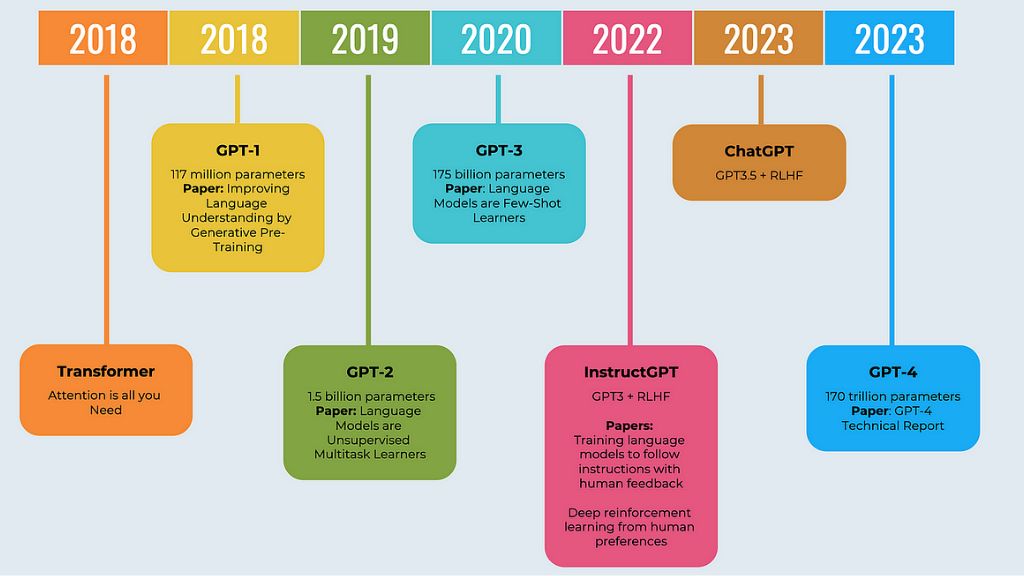
ChatGPT from 2018 to 2023: A Brief Report on Development and Progress. | Photo: Collected.
“Open AI” is a corporation formed in 2015 by Elon Musk and Sam Altman that focuses on artificial intelligence. However, Elon Musk left the company within the next two years. This project consequently experienced financial difficulty. Later, Microsoft made significant investments in it, and on November 30, 2022, a prototype was made public.
It can use a lot of data to produce feedback. While other individuals contributed to the development of ChatGPT, Ilya Sutskever and Sam Altman were the core contributors. The ‘GPT’ architecture, which debuted in 2018, serves as its foundation. A significant advancement in natural language processing was made when GPT was able to have dialogue and feedback similar to that of a person.
A significant advancement for ChatGPT was the 2019 introduction of the GPT-2 model. However, because of its potential for abuse, ChatGPT is currently raising several issues. OpenAI first released GPT initially but later released it with complete functionality. With 1.5 billion parameters, GPT-2 demonstrated a notable improvement in language creation skills. GPT-2 is developing dialogue systems with conversational AI. An important development in AI-powered chatbots was the November 2019 release of OpenAI’s ChatGPT.
However, it frequently yields inaccurate or pointless responses. Therefore, Open AI is attempting to use “fine-tuning” and “reinforcement learning” to enhance ChatGPT’s security and performance. By using these strategies, ChatGPT can deal with problems relating to the creation of unique datasets and biased or harmful content. To foster collaboration among researchers and enhance ChatGPT’s functionality, OpenAI has recently started holding competitions. The development of ChatGPT is being aided by partnerships with researchers who are not currently associated with OpenAI.
OpenAI launched ChatGPT-3 in June 2020. This model’s third iteration contains 175 billion parameters. With previously unheard-of capabilities, this version can comprehend human speech and respond appropriately. In nearly every way, GPT-3 is superior to earlier iterations. Its projects include creative writing, language translation, content production, and customer service. Businesses and developers are utilizing GPT-3 in their platforms to create a more customized user experience. GPT-4 is the most recent iteration of ChatGPT. It is an improved version of AI that is extremely intelligent. This model can respond rapidly to commands and even speak to you.
Code interpreters can now comprehend and generate a variety of information formats, including text, images, videos, sounds, and computer code. It can comprehend and produce correct results since it is built on an AI model known as GPT-4. Internet users are now ecstatic about this new technology, which is also gaining widespread popularity. Even though it is a strong tool, it is not all-inclusive and has certain restrictions.
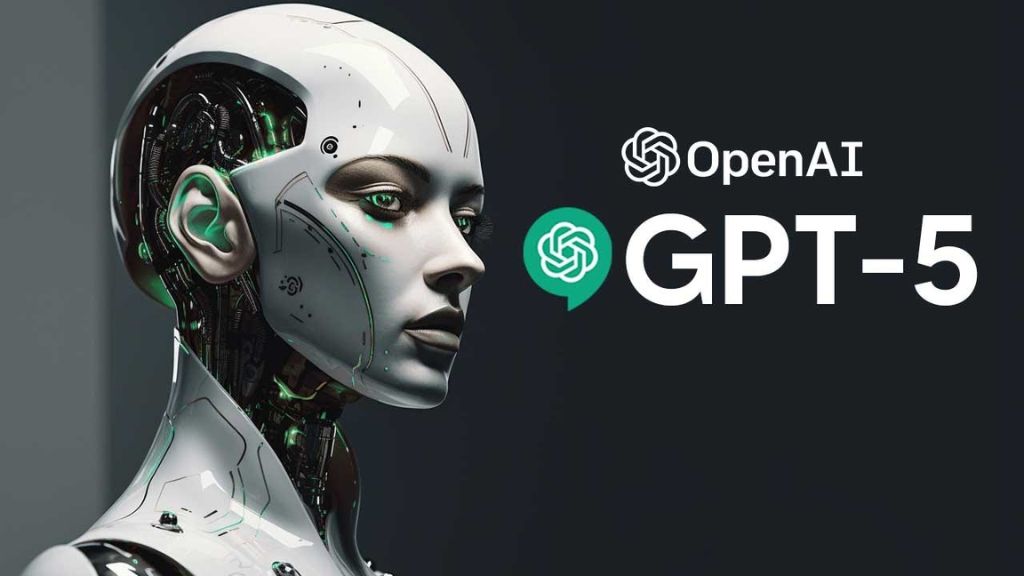
ChatGPT-5: A Review of New Features and Enhanced Capabilities. | Photo: Collected.
Discussions about ChatGPT’s upcoming GPT-5 version are already underway. OpenAI is the firm responsible for developing GPT-4. For GPT-5, they even registered a name. However, according to the OpenAI CEO, they have not yet begun development of GPT-5. The goal is to ensure that GPT-4 is safe before advancing to the next version.
Over time, ChatGPT has become more and more popular, but it has also sparked worries about some ethical problems. Nonetheless, the OpenAI developers are attempting to resolve the ethical issues brought up by GPT. In 2021, OpenAI published the ChatGPT “API” so that developers could include it in apps and make it broadly available. This promoted creativity and made ChatGPT’s linguistic features accessible to anyone. Researchers from all around the world are looking at novel uses for AI in communication. Future iterations of conversational AI are probably going to be more realistic and context-aware.
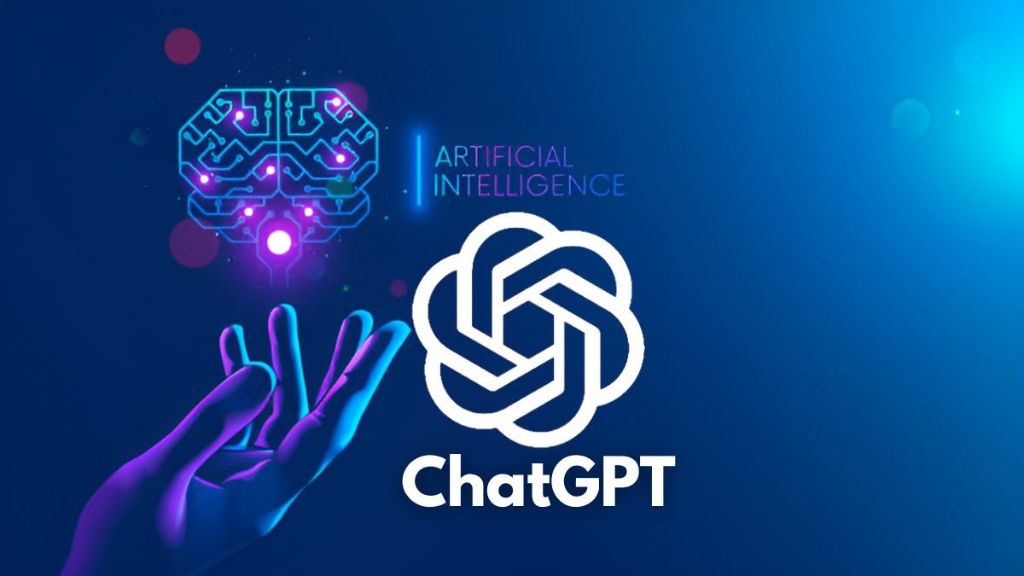
ChatGPT: An Example of Language Processing through Artificial Intelligence. | Photo: Collected.
Initially a straightforward computer application, ChatGPT has evolved into a more sophisticated one over time. What computers can do and how they can benefit us in the future are demonstrated by ChatGPT. There are a lot of applications for this AI language paradigm in the modern world, both positive and negative. ChatGPT’s release changed our daily and professional lives in addition to accelerating AI development.
To participate in this AI revolution, you will need to become proficient in the new technologies.

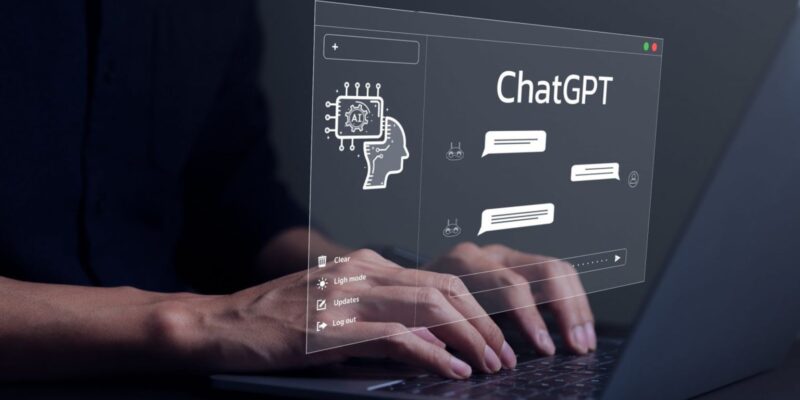

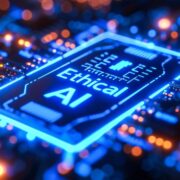




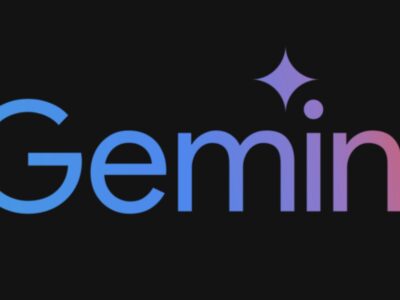




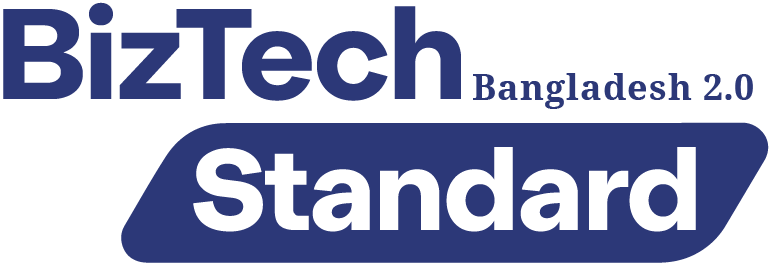


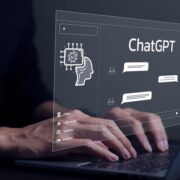






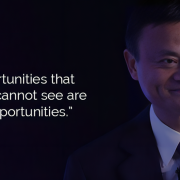




Comments